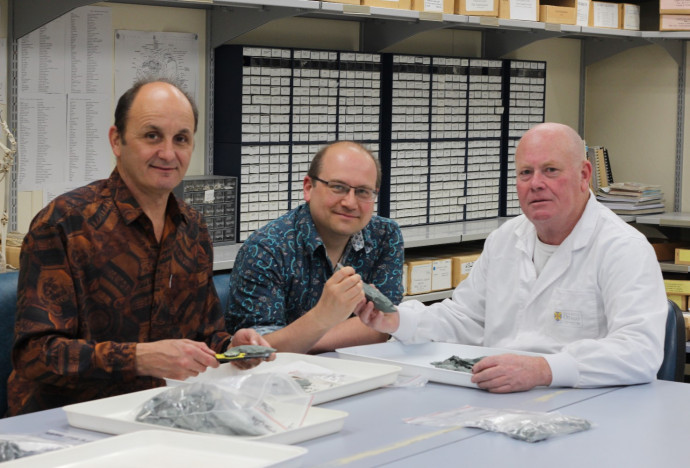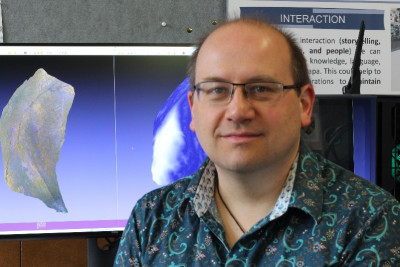Programming in an ‘eye for detail’: new computer imaging tools to give a new perspective on ancient and modern secrets

Associate Professor Steven Mills from Te Whare Wānanga o Ōtākou the University of Otago will develop new computer imaging tools and use them to enhance our view of ancient Māori archaeological artefacts
Published on 3 Whiringa-ā-rangi November 2022
Computer-based image processing is hugely important to modern life, including use in medical diagnoses, security, conservation, and archaeology. Although we rely on computers to automate image processing, they’re not good at it naturally. For example, when humans look at images, we use statements, movement, or drawings to describe and interrelate shapes within images. Computers don’t have these luxuries, instead using shape analysis to describe and interrelate objects within images. Improving shape analysis is difficult, requiring a mixture of geometric equations, computer code improvements, and machine learning.

Associate Professor Steven Mills with 3D computer models of stone flakes. Photo Supplied.
In this Marsden Fund grant Associate Professor Steven Mills and team will propose a new method to tackle shape analysis – Geometric Declarative Networks. Geometric Declarative Networks will combine the latest in geometry equations and deep learning tools to unlock the next generation of computer imaging tools. Working with archaeologists, Māori heritage experts, and a traditional stone tool maker, they will verify the capabilities of Geometric Declarative Networks by examining ancient (pre-European contact) Māori archaeological artefacts such as the flakes of stone left behind in tool making. Understanding the finer geometric details of these waste flakes will provide unique insights into how Māori fabricated and perfected stone tools, uncovering stories within these precious taonga.
Geometric Declarative Networks could also have important applications in other image processing technologies, including those used in medical diagnoses, unlocking a whole suite of improvements to modern life.
